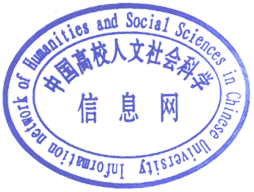关 键 词 :自称词;过多使用;中国人日语学习者学科分类:语言学--外国语言
本研究利用日本国立国语研究所的《多语言母语日语学习者横断语料库》中的“对话”项目,从自称词的使用形式和共现的日语助词两个角度对中国人日语学习者和日语母语者在日语口语中自称词的使用情况进行了量的考察。其考察结果如下:自称词的使用形式方面,中国人日语学习者和日语母语者都主要使用“わたし”这一形式,但在使用数量上中国人日语学习者与日语母语者在统计学上存在差异;随着日语水平的增高中国人日语学习者自称词的使用形式会增加,但其使用数量整体上来说比较少。从共现的助词来看,除了“自称词+は”之外,中国人日语学习者在“自称词+の”和“自称词+に”的使用上显著多于日语母语者。
This survey uses the "Dialogue" project in the International Corpus of Japanese as a Second Language from the National language Research Institute of Japan.This paper makes a quantitative investigation on the use of first personal pronoun by Chinese learners of Japanese and Japanese native speakers in spoken Japanese from the perspectives of the use of self-proclaimed words and the co-occurrence of Japanese auxiliaries. The results are as follows: in terms of the forms of use of first personal pronoun,Chinese learners of Japanese and Japanese native speakers mainly use the form of "わたし". However, there are statistical differences in the number of use between Chinese learners of Japanese and Japanese native speakers; with the increase of Japanese proficiency, the use of first personal pronoun by Chinese learners of Japanese will increase, but the amount of use will be less on the whole. From the perspective of co-occurrence of auxiliaries, in addition to "first personal pronoun + ha", Chinese learners of Japanese are significantly more likely to use "first personal pronoun + no" and "first personal pronoun + ni" than Japanese native speakers.

